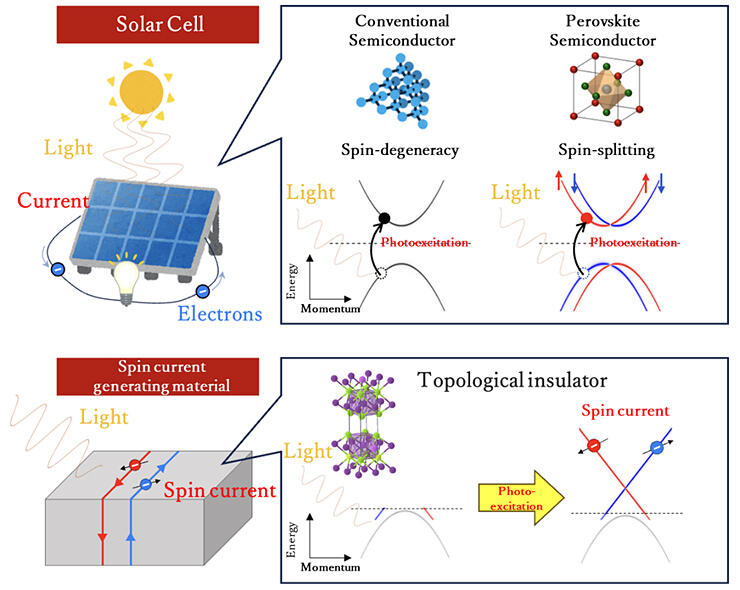A research group led by Project Researcher Kaishu Kawaguchi, Assistant Professor Kenta Kuroda (currently Associate Professor at the Graduate School of Advanced Science and Engineering at Hiroshima University), and Associate Professor Takeshi Kondo from the Institute for Solid State Physics (ISSP) at the University of Tokyo, in collaboration with a research group led by Research Scientist Zhigang Zhao (currently Professor at Shandong University), Assistant Professor Shuntaro Tani, and Professor Yohei Kobayashi from the same institute, has developed equipment to observe how the spin of electrons in materials is manipulated by light. Using this equipment, they have successfully observed light-induced spin currents by measuring topological insulators and published their results in Review of Scientific Instruments.

Provided by the University of Tokyo
Spintronics research has been actively focused on controlling spin currents by using light and utilizing them in information transmission technology. However, it is difficult to microscopically observe the spin motion of electrons in materials under light irradiation, meaning that a new experimental method is required.
The research groups have developed a time-, spin-, and angle-resolved photoemission spectrometer that can capture ultrafast moving images of the electronic structure, including the spin information of electrons activated by pulsed light.
Photoelectron spectroscopy entails the measurement of the energy of the electrons (photoelectrons) emitted by materials upon light irradiation. The angle of the emitted photoelectrons determines the momentum of the electrons within the materials. Spin information is obtained by selectively measuring the spin orientation of the photoelectrons by using spin detectors. Time-resolved measurements provide ultrafast moving images. These measurements are realized by irradiating a second pulse of light onto materials activated by pulsed light and performing photoelectron spectroscopy before the electrons within the materials return to their original state.
The newly developed equipment is capable of capturing the time course of physical phenomena activated by light at the ultrashort interval of one-trillionth of a second. This equipment facilitated the direct observation of the spin currents generated at the moment of activation by pulsed light. In its stable state before light irradiation, the topological insulator Sb₂Te₃ does not exhibit spin currents; however, when electrons are activated by pulsed light, spin currents are instantly generated. For the first time, the research groups visually demonstrated this phenomenon through the observation of the electronic structure.
The technology to visualize the behavior of electron spins within materials is expected to serve as a foundation for a wide range of spintronics research, including the microscopic elucidation of the operating principles of perovskite solar cells and the evaluation methods to improve their efficiency.
Journal Information
Publication: Review of Scientific Instruments
Title: Time-, spin-, and angle-resolved photoemission spectroscopy with a 1-MHz 10.7-eV pulse laser
DOI: 10.1063/5.0151859
This article has been translated by JST with permission from The Science News Ltd. (https://sci-news.co.jp/). Unauthorized reproduction of the article and photographs is prohibited.




